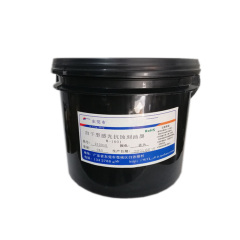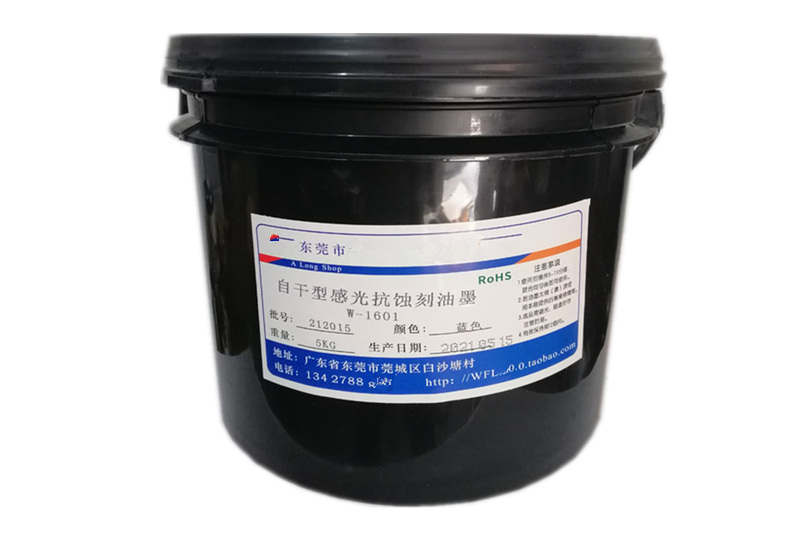1/1
Share:
PCB self drying photosensitive ink
$17.00
Name: Self-drying photosensitive anti-etching ink
Packing: 1KG or 5KG
State: liquid
color: blue
Viscosity: 70ps±10ps (25℃)
Non-volatile matter: 70%
Function: metal anti-etching, anti-plating
Packing: 1KG or 5KG
State: liquid
color: blue
Viscosity: 70ps±10ps (25℃)
Non-volatile matter: 70%
Function: metal anti-etching, anti-plating















